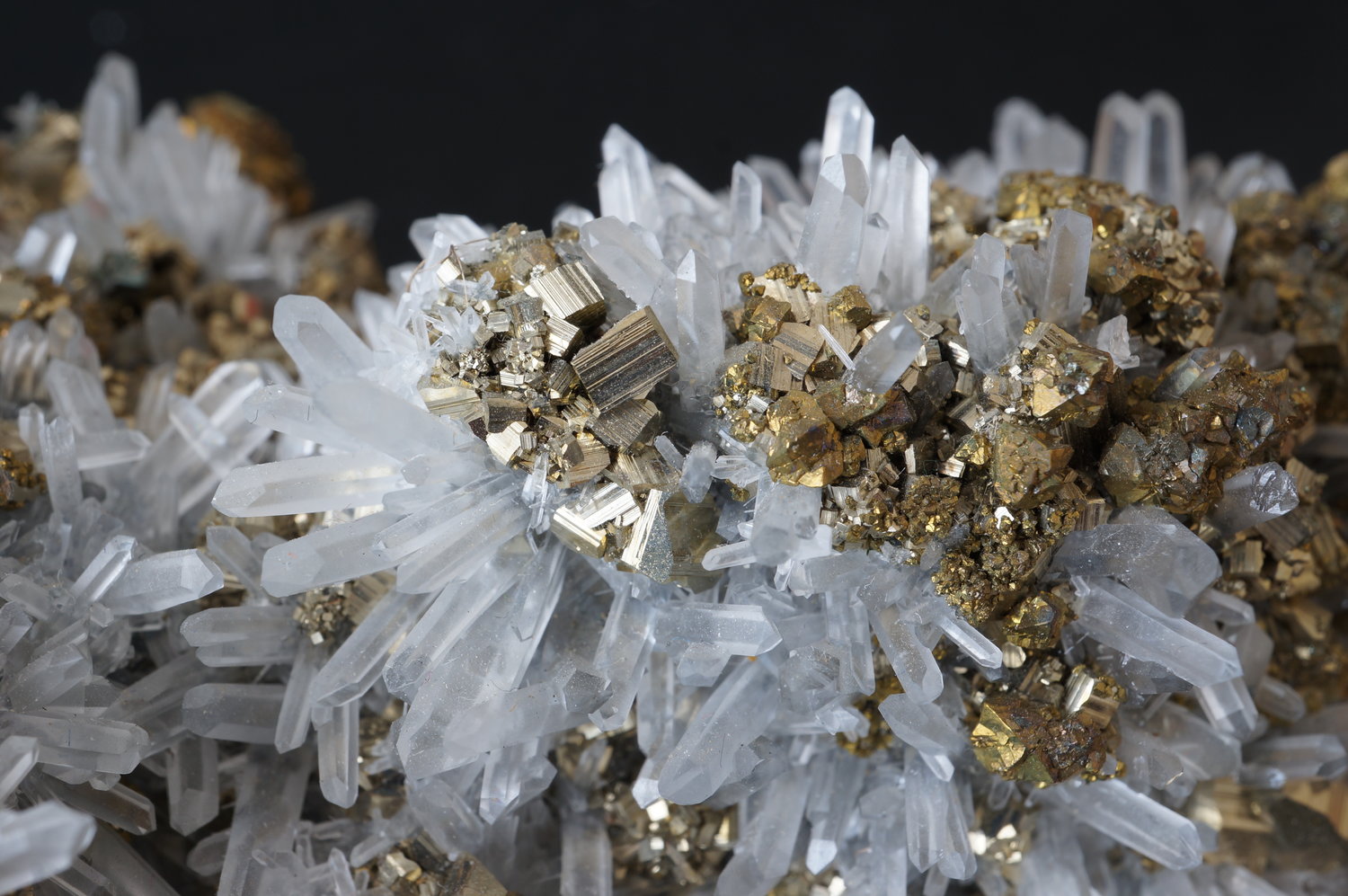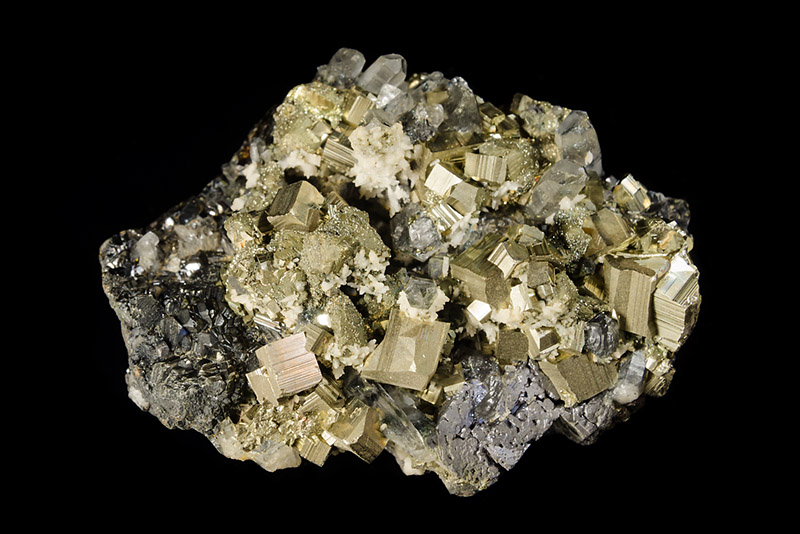
Quartz and pyrite crystals, "fool's gold".
Pyrite is an iron sulfide mineral which has been given its nickname due to its lustrous yellowish appearance and the fact that it occurs in quartz and other sedimentary or metamorphic rock which often contain real gold. Pyrite can easily be mistaken for gold by those who have not seen much of either substance, but there are distinct differences between the two which set them apart. There's a great page over at geology.com which provides various methods for discerning the difference between gold and fool's gold.

Image source: www.burivalphotography.com
Fool's gold has been used in jest over the years to hoax novice prospectors, as shown in a 1937 article printed in the Cobram Courier:
William Shakespeare famously expressed the notion that shiny and attractive things are not always precious in The Merchant of Venice, 1596, where he wrote: "All that glisters is not gold; often have you heard that told".
"Iron pyrites, a yellow mineral that looks very much like gold, is known to miners as "fool's gold", and is used by them to hoax amateurs and novices at the game". Source.
Shakespeare has not been the only one to share the thought. Alain de Lille, a 12th century French theologian, expressed the idea when he penned: "Do not hold everything gold that shines like gold", and the 1380 poem The House of Fame by Geoffrey Chaucer contains the line: "Hit is not al gold, that glareth".
And although Led Zeppelin have shared that "there's a lady who's sure all that glitters is gold", the sentiments of Shakespeare, Alain de Lille and Chaucer will certainly serve you better, applied both to gold prospecting and life in general.
SEE ALSO
- Gold prospecting in the Victorian Goldfields
- Historical gold maps of the Victorian Goldfields
- Gold-bearing creeks and streams in Victoria
- YouTube channels from the Victorian Goldfields
- Gold shops, detector hire and gold tours
- Dangers of mine shafts in the Victorian Goldfields
- Abandoned mines of the Victorian Goldfields
PROSPECTORS AND MINERS ASSOCIATION VICTORIA
Established in 1980, the Prospectors and Miners Association of Victoria is a voluntary body created to protect the rights and opportunities of those who wish to prospect, fossick or mine in the State of Victoria, Australia.
You can support the PMAV in their fight to uphold these rights by becoming a member. You'll also gain access to exclusive publications, field days, prospecting tips, discounts and competitions.
Check out the PMAV website for more information.
Established in 1980, the Prospectors and Miners Association of Victoria is a voluntary body created to protect the rights and opportunities of those who wish to prospect, fossick or mine in the State of Victoria, Australia.
You can support the PMAV in their fight to uphold these rights by becoming a member. You'll also gain access to exclusive publications, field days, prospecting tips, discounts and competitions.
Check out the PMAV website for more information.

